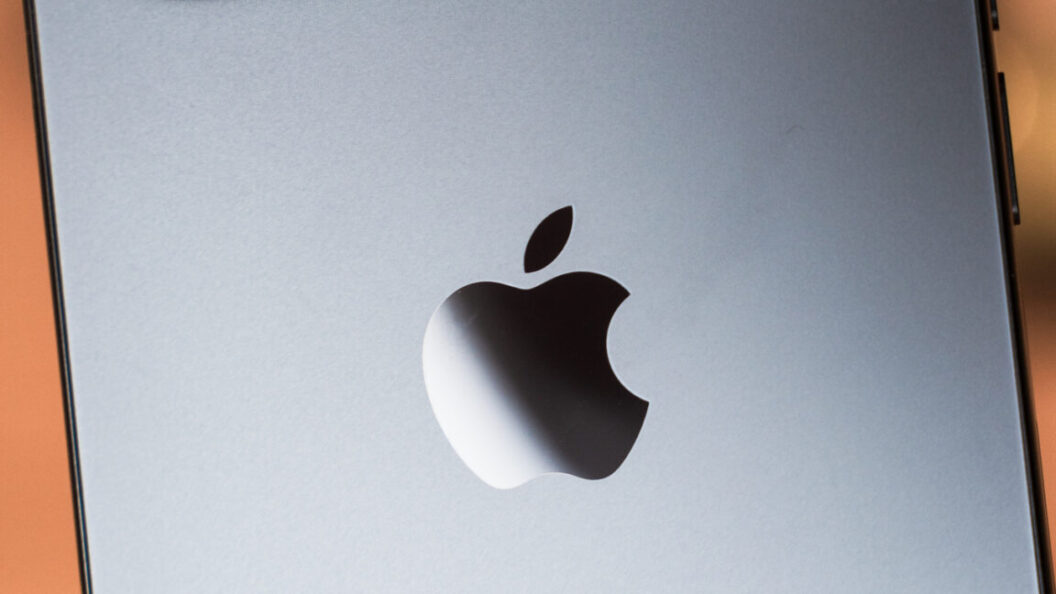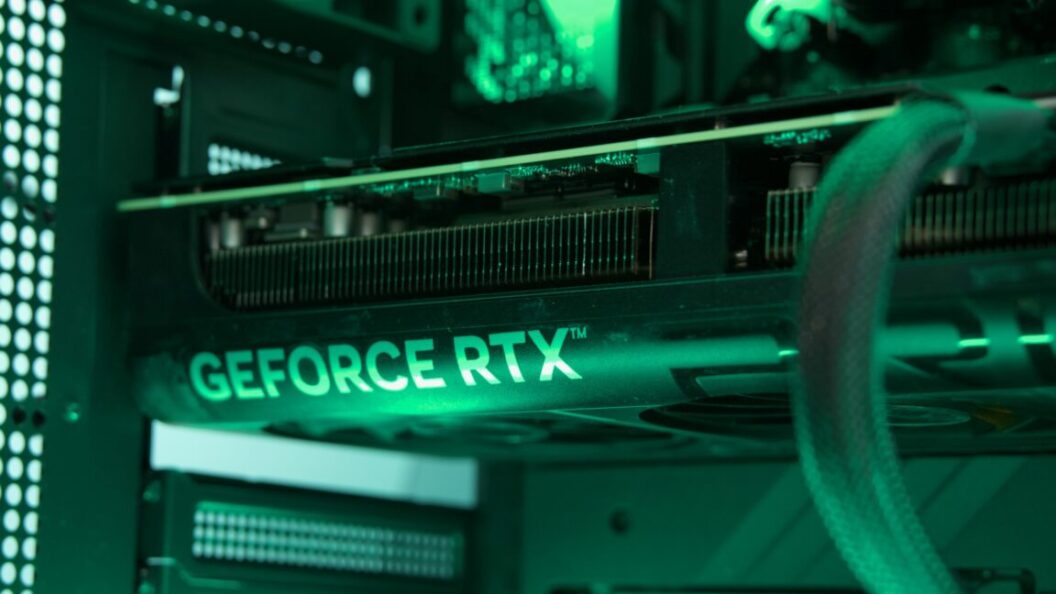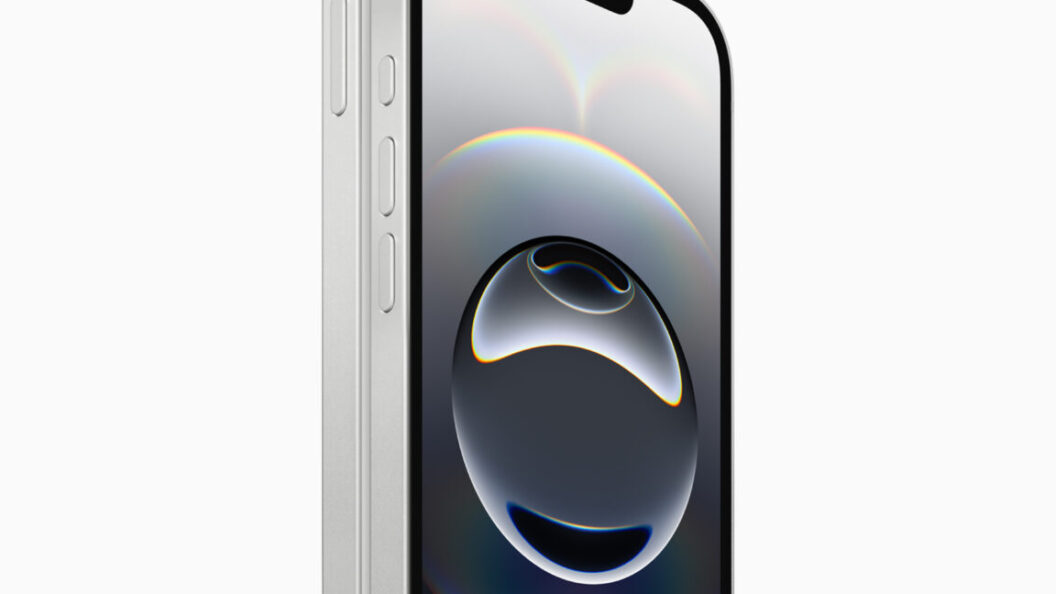Apple Limits iCloud Data Encryption in the UK Amid Rising Privacy Concerns
In a significant move impacting its UK users, Apple has announced that certain iCloud services will no longer be protected by end-to-end encryption. This decision comes in light of ongoing debates about data privacy and security in the region, as well as increasing pressure from regulatory authorities. The tech giant has expressed disappointment regarding the situation but has reiterated its commitment to user privacy and security.
Changes to iCloud Encryption
Effective immediately, several key iCloud services will lose their encryption protections, marking a shift in how Apple manages data safety for its UK customers. Although iCloud Keychain, Health data, iMessage, and FaceTime will continue to benefit from end-to-end encryption, services such as iCloud Backup, iCloud Drive, Photos, Notes, Reminders, Safari Bookmarks, Siri Shortcuts, Voice Memos, Wallet passes, and Freeform will not receive the same level of protection going forward.
This change highlights a broader context of growing concerns over data breaches in the UK, where the demand for stronger encryption measures has been met with regulatory challenges. Apple’s stance has sparked conversations about how technology companies balance user privacy with compliance to government requests for data access.
Apple’s Commitment to Privacy
Apple remains steadfast in its commitment to user privacy, emphasizing that it has “never built a backdoor or master key to any of our products or services, and we never will.” This statement aims to reassure users that their data remains secure in the ways Apple originally promised. The company has expressed hope that it can restore previous encryption measures in the UK in the future, pending suitable regulatory conditions.
"We are gravely disappointed that the protections provided by ADP will not be available to our customers in the UK given the continuing rise of data breaches and other threats to customer privacy," an Apple spokesperson stated. This quote underscores the company’s concern about evolving threats to personal data, even as it navigates regulatory challenges.
Broader Implications and Future Outlook
This decision raises questions about how companies like Apple will handle user data as governments increase their scrutiny of tech firms and their data practices. By limiting encryption for certain services, Apple has drawn attention to the precarious balance it must maintain between user privacy and regulatory compliance.
There is also a growing dialogue among privacy advocates and tech experts about the implications of reduced encryption. Critics argue that easing encryption measures may expose users to greater risks. In contrast, supporters of increased regulatory power argue that transparency in data handling is essential for accountability.
Conclusion
As Apple adjusts its privacy measures in the UK, the situation remains fluid. While the company maintains that it will not compromise user security by creating backdoors, the recent changes indicate a shift in how iCloud services operate under current UK regulations. As data privacy continues to be a pressing global issue, the responses from tech giants like Apple will likely evolve in tandem with changing legislation and societal expectations regarding data protection.
The impact of these changes on UK users remains to be fully observed, as they weigh their options in an environment that is becoming increasingly complex regarding data privacy and security.












